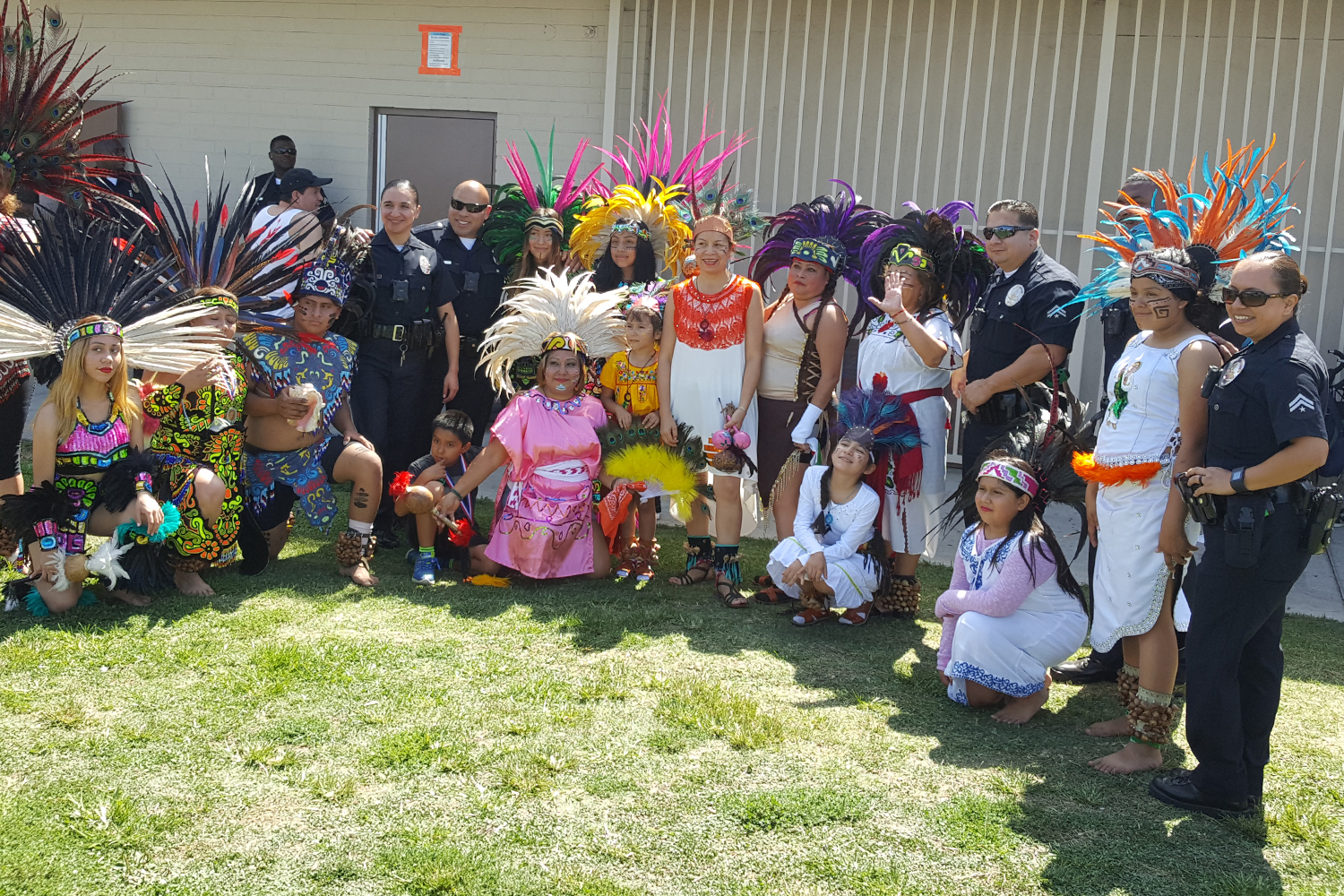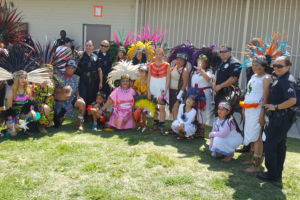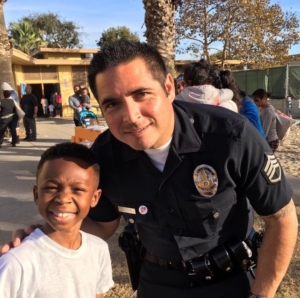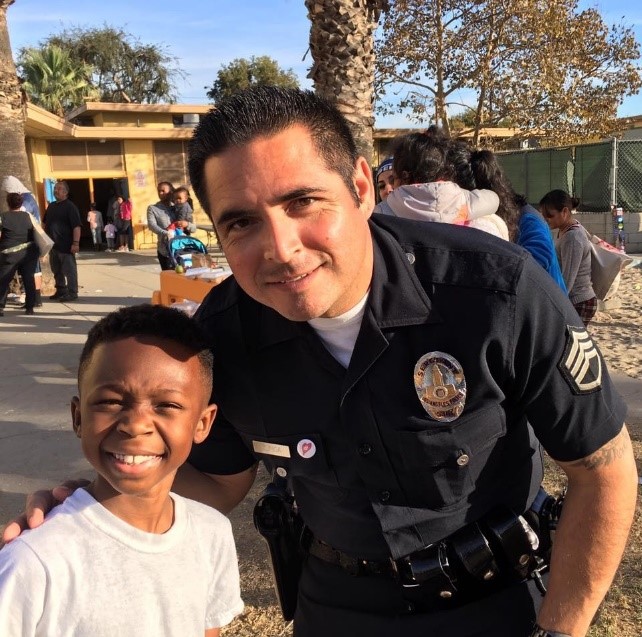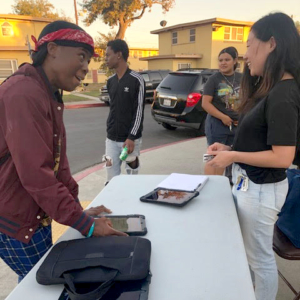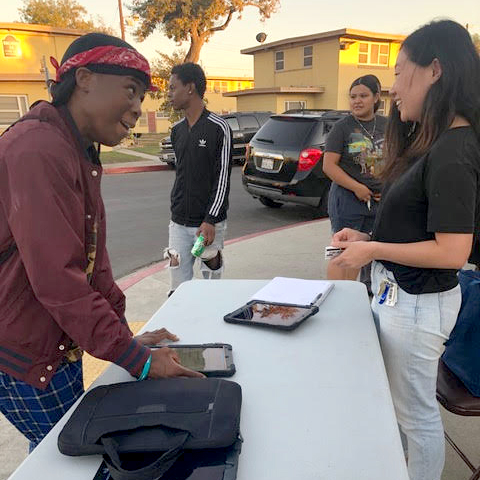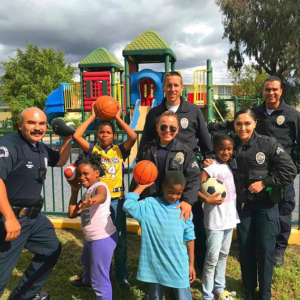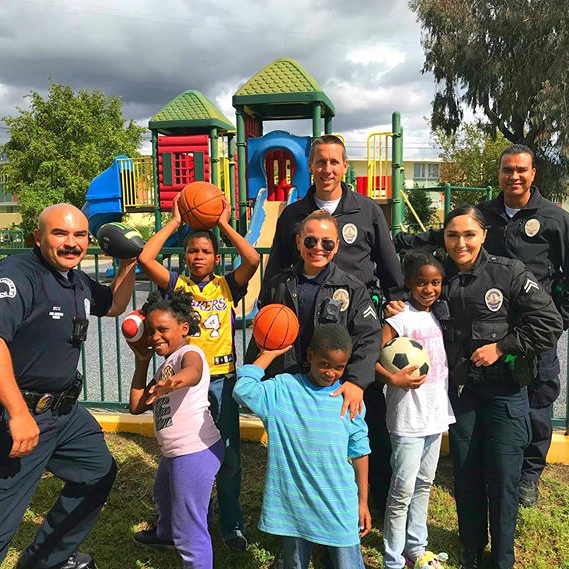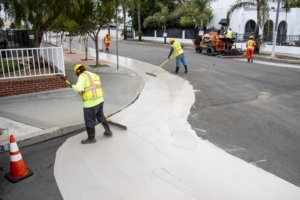New Scholarship Offers Support to Emerging Latino Leaders Partnership with Congressional Hispanic Caucus Institute aims to bolster student diversity
By Mary Braswell
UCLA Luskin and the Congressional Hispanic Caucus Institute have entered a partnership to support underrepresented students in the School’s graduate programs.
Beginning this fall, alumni of the institute’s programs — aimed at developing the next generation of Latino leaders — will receive a $7,500 scholarship if they go on to pursue a master’s degree at UCLA Luskin. The scholarship is renewable in the second year of study.
“We are thrilled to start building our partnership with CHCI” to further the School’s goal of diversifying its student body, said Kevin Franco, recruitment and advising officer for UCLA Luskin Public Policy.
Franco credited MPP student Michael Rios with bringing the alliance from idea to reality.
“I kept hearing about some of the initiatives we were discussing for recruiting students of color, but I felt that there was a huge missing link, that there was a solution that we weren’t really pursuing,” Rios said. That solution, he concluded, was funding.
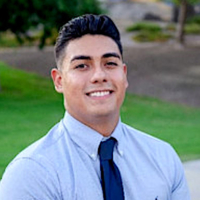
MPP student Michael Rios initiated the partnership between the Luskin School and CHCI.
“The pool of students of color who go into a graduate program is small, and the pool who go into a policy program is even smaller,” he said. Top candidates may be weighing handsome offers of financial assistance from private universities. Students considering UCLA must also consider the cost of living on L.A.’s Westside.
“As a student of color, you often have financial hardships, so you’re going to do what makes the most sense financially,” Rios said.
To tip the balance in UCLA’s favor, Rios researched potential partners who might work with the Luskin School to attract and support a diverse student body. Late one night in the spring of 2019, he decided to act.
Impressed by the Congressional Hispanic Caucus Institute, which creates opportunities for leadership and civic engagement for young Latinos, Rios sent an inquiry via the Contact Us tab on the group’s website. It was the first modest step of a yearlong rollercoaster ride.
Along the way, Rios worked to keep both sides engaged in what often seemed like a long shot. But his patience paid off in February when CHCI and the Luskin School finalized the agreement.
In the end, Rios said, “it was a match made in heaven,” one that would benefit students of color, advance the Luskin School’s recruitment goals and support the institute’s efforts to expand its reach.
The scholarships, awarded by UCLA Luskin to students who complete CHCI’s leadership program, are renewable for a second year for those with top grades, making them worth a total of $15,000. Rios’ efforts will benefit students entering all of the School’s master’s programs: public policy, social welfare, and urban and regional planning.
With the CHCI scholarship as a model, Franco said he is interested in pursuing similar partnerships with student leadership institutes representing the black and Asian communities.
Rios anticipated that future agreements would be easier to complete.
“We have the foundation, we’ve gone through the formalities, we know what the agreements look like, and we now know that we have the backing of the faculty and staff,” he said.
Rios hopes his efforts, spurred by his own sense of isolation when he first arrived at UCLA, will resonate with ethnically diverse students considering a graduate education at the Luskin School.
“For prospective students, I think it would be cool to see that there are students in the program who are doing things to benefit other students of color,” he said.
